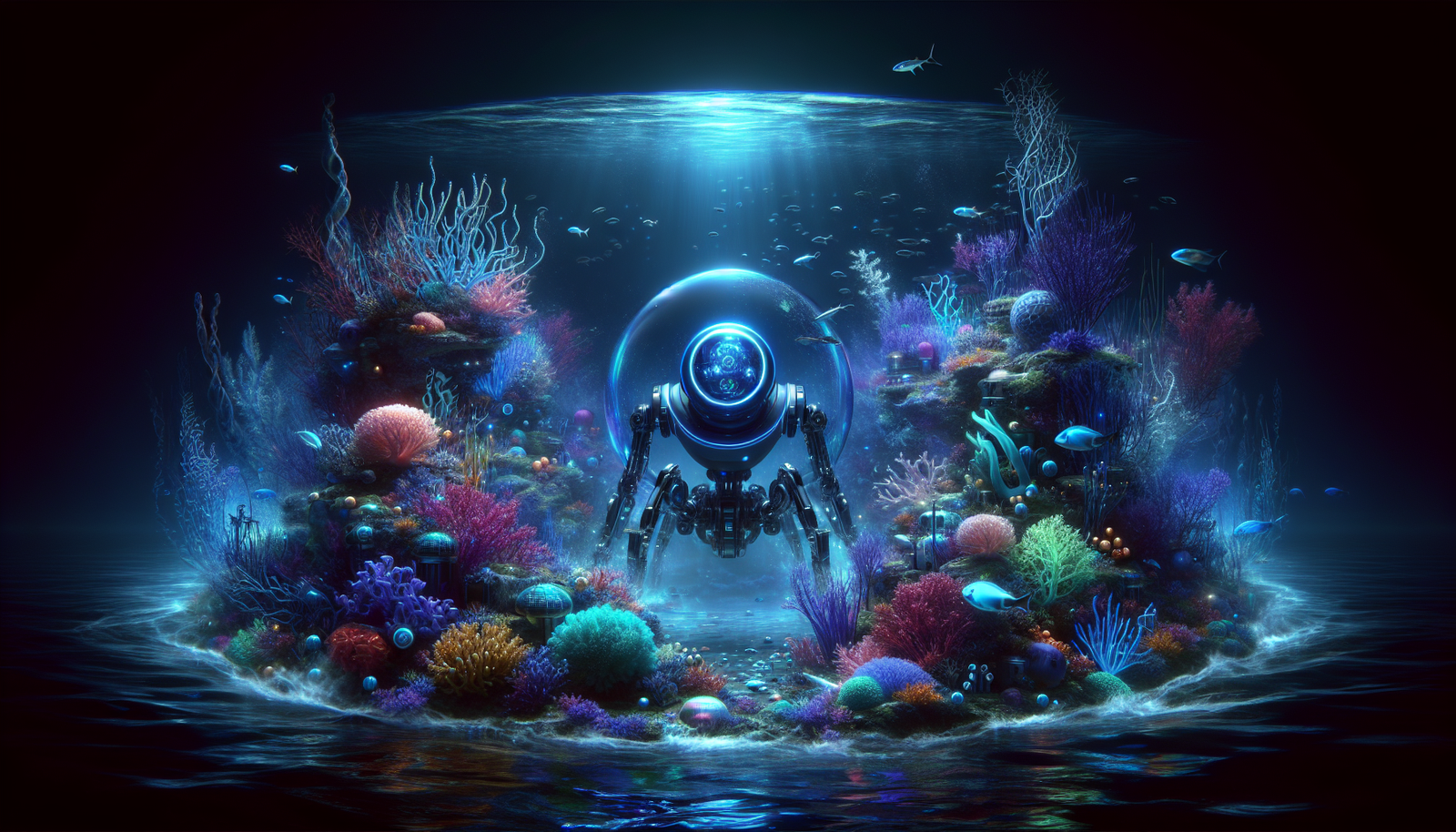Technological innovation is revolutionizing the handling of underwater objects through autonomous robots. Self-learning optimization of aquatic robots transcends the limits of classical approaches in terms of performance and efficiency. This system, combining behavioral cloning and self-learning, allows for exceptional adaptation to the complex fluid dynamics of aquatic environments. The integration of these innovative algorithms enables the execution of various missions, ranging from waste collection to underwater research.
Self-learning optimization of an aquatic robot
Significant advances in the field of aquatic robotics are emerging thanks to the innovation of AquaBot, an underwater robot designed by researchers at Columbia University. This innovative device can perform handling of objects underwater in a fully autonomous manner.
An accessible hardware platform
The research highlighted by these researchers emphasizes accessible hardware, costing about 2000 dollars, which includes two cameras and a parallel jaw gripper. This simplified design paves the way for various applications in the field of underwater analysis.
Challenges of underwater handling
Handling objects in underwater environments traditionally complicates automation. The challenges associated with fluid dynamics and unstructured environments often require increased reliance on human teleoperation. Researchers note that most systems face limitations in this context.
A computational model based on learning
AquaBot uses a computational model trained on data collected during human demonstrations. This approach mixes imitation learning and autonomous optimization to improve performance.
Learning phases
The first stage of learning involves distilling human adaptability into a visuomotor policy. Researchers record the various handling tasks performed by the human operator, transforming these interactions into a learning model.
In the second phase, a self-guided optimization process allows the robot to accelerate its learning by adjusting its behaviors. This mechanism relies on feedback from previous executions, promoting continuous improvement.
Evaluations and robot performance
Researchers subjected AquaBot to practical experiments to evaluate its capabilities. During these tests, the robot demonstrated its potential to perform several tasks, including picking up previously unknown stones and sorting waste. This latter aspect proves particularly relevant in ecological initiatives.
The robot outperformed human performance during these missions, executing tasks 41% faster. This effective performance makes AquaBot an ideal candidate for various underwater operations, including search and rescue missions.
Future applications and accessibility
The hardware design of AquaBot along with its associated software has been made open source, allowing other researchers to adopt and adapt it to their needs. Potential applications include assisting in search and rescue missions, as well as waste and mineral collection.
The capabilities of this technology represent a leap forward in the field of underwater robotics, promising to robotize the liberation of underwater areas while increasing the safety and efficiency of human missions.
Frequently asked questions about the self-learning optimization of an aquatic robot
How does self-learning optimization work in AquaBot?
Self-learning optimization in AquaBot occurs through a reinforcement learning process, where the robot continually adjusts its behaviors based on the outcomes of its past actions, thereby enhancing its underwater handling skills.
What are the benefits of self-learning optimization for aquatic robots?
This approach allows robots to adapt to unpredictable environments, improve their efficiency, and reduce reliance on human teleoperation, while learning new skills as they gain experience.
What specific tasks can AquaBot accomplish thanks to this optimization?
AquaBot is capable of performing various tasks such as object handling, sorting underwater waste, and retrieving deformable objects, with performance that surpasses that of a human operator.
What type of hardware is required to operate AquaBot effectively?
AquaBot requires an underwater drone equipped with a parallel jaw gripper and cameras for image capture, which is essential for performing underwater object manipulations.
How does imitation learning help AquaBot excel in its tasks?
Imitation learning allows AquaBot to incorporate observed human strategies when manipulating objects, which accelerates its learning and improves the accuracy of its actions.
Is AquaBot capable of learning new tasks without human assistance?
Yes, AquaBot can autonomously learn new tasks by using feedback from its previous actions to adjust its behaviors and optimize its handling skills.
How does AquaBot handle unexpected alterations in its environment?
AquaBot has been designed to be responsive to complex and unpredictable underwater dynamics, thanks to its self-learning optimization capability that enables it to adjust its actions in real time.
What are the practical implications of using AquaBot for underwater missions?
Practical implications include the possibility of deploying AquaBot for research, rescue, and underwater cleaning missions, increasing the efficiency and safety of operations carried out by humans.






